When you hit up Google to find out about the genetic history of Queen Tiye or King Tut, you might land on a Wikipedia page about Egypt’s genetic history. It will casually drop that Queen Tiye and King Tut are linked to the mitochondrial haplogroup K. This is the same haplogroup associated with Ashkenazi Jews and groups in the Levant region. Now if you’re familiar with Queen Tiye and King Tut then you are probably having the same response as Eye did 😒. But before you take that as gospel, let’s dig deeper to see where this idea comes from and if it really holds any weight. Reevaluating Haplogroup K Claim For Queen Tiye & King Tut.
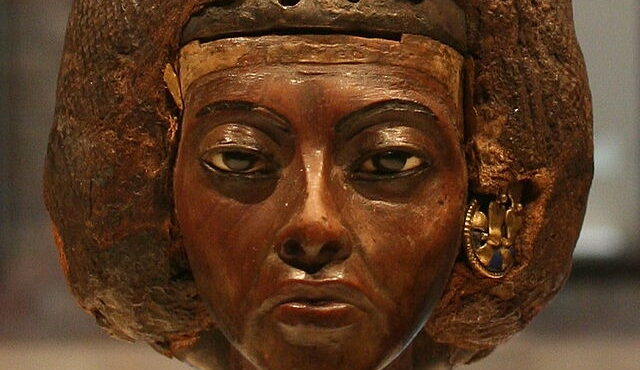
Questioning Modern Genetic Studies
“DNA studies can ONLY provide firm conclusions about the population of ancient Egypt if the sample results are of a significant number of individuals and represent a broad range.” – Egyptologist Barry Kemp
“Conflicting DNA analysis on recent genetic samples has led to a lack of consensus on the genetic makeup of the ancient Egyptians and their geographic origins.” – Historian, William Stiebling and archaeologist, Susan N. Helft.
Studies like those by Schuenemann in 2017 (Ancient Egyptian mummy genomes suggest an increase of Sub-Saharan African ancestry in post-Roman periods) often focus on mummies from eras where outside forces (foreigners) conquered and then ruled in Egypt (although these foreigners would later become “Egyptians”).
There have been many different rulers, of a multitude of ethnicities and nations, that have ruled Egypt. That’s the consensus. But the foundation, the “founding fathers,” and mothers of ancient Egypt are closest to your modern day sub-Saharan African. Atleast according to my research. Makes you wonder why this period is rarely reviewed.

Yes, the study extracted DNA from 151 Egyptian mummies, whose remains came from Abusir el-Meleq in Middle Egypt. But the mummies are from the Late New Kingdom, Ptolemaic, and Roman periods. This angle can sometimes downplay the African elements of ancient Egyptian ancestry, highlighting connections to the Near East & Europe instead. It’s crucial to consider these biases, as they might twist our understanding of the ancient Egyptian foundation.
The Haplogroup K Claim: A Closer Look

In Human Molecular Genetics, Volume 30, Issue R1, 1 March 2021 (originally published October 15, 2020), it was found that both Queen Tiye and other 18th Dynasty mummies had mitochondrial haplogroup K, and the males carried Y-chromosome haplogroup R1b, which is still present in modern Egyptians. But let’s keep it a stack, these findings should be viewed with a critical eye given the complexities of Egypt’s diverse heritage.
Members of Tutankhamun’s family were tested. The DNA tests on King Tut and Amenhotep III couldn’t fully map out their Y-chromosome (that’s the dad-to-son genetic line). Even though the data wasn’t complete, earlier studies showed that both these Kings were related to Akhenaten (the mummy from tomb KV55).
So they basically took Akhenaten’s full DNA profile and used that to fill in the blank DNA data for King Tut and Amenhotep III. They borrowed Akhenaten’s genetic details to guess the missing parts for the other two. Even though this practice is not uncommon, it does show how there is still a lot of room for improvement with these test and how none of our current data is absolute. We all are still learning and discovering new information.
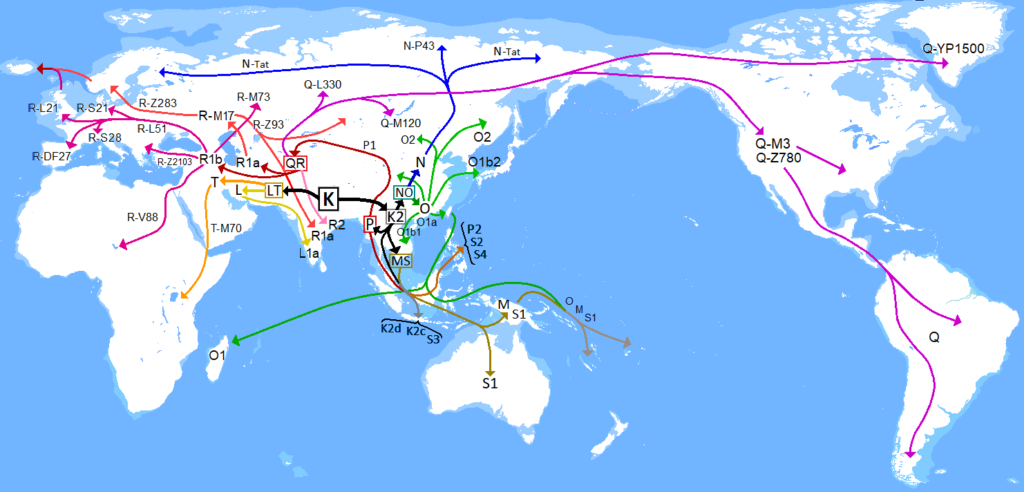
It’s essential to critically evaluate genetic studies, especially those sampling DNA from periods marked by extensive foreign interactions. These interactions could twist the genetic data if not properly contextualized within the full spectrum of Egyptian history, which includes periods of significant African influence.
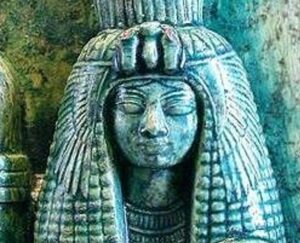
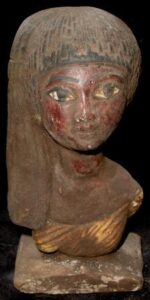
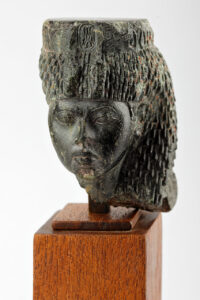
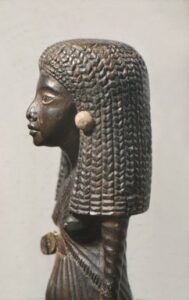
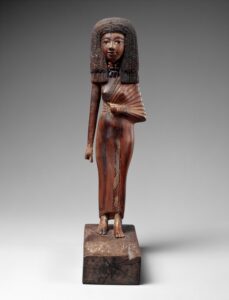

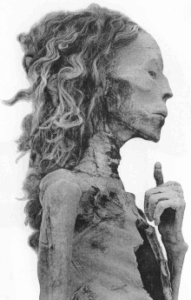

Why Doesn’t the DNA Match With the Physical Evidence?
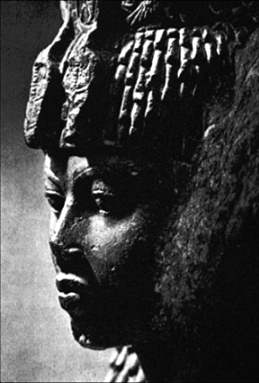
So yes, the DNA testing did cut a few corners. But the results did give us a mtDNA result of K. And not only For Queen Tiye but for Thuya (her mother), Yuya, Akhenaten, and Tutankhamun.
But the physical evidence can’t be ignored! Queen Tiye’s busts and statues paint a picture of a woman with features that align closely with Sub-Saharan African ancestry. We’re talking about a broad nose, full lips, and hair styled in ways that scream Sub-Saharan Africa, whether it’s in an afro or braided styles that are deeply rooted in African culture.
Here we get a look at a reconstruction of the Queen, done for egypt-museum.com. Features of this nature are very rarely found in haplogroup K.
This isn’t just art, this is the historical understanding that the 19th Dynasty (which Queen Tiye belonged to), was largely made up of Nilotic people. These folks were indigenous to the Nile Valley and had strong ties to Sub-Saharan Africa. So, when you line up the physical evidence with the known history, the whole haplogroup K idea starts to feel shaky.

Cranial studies by experts like Shomarka Keita back this up, showing that the early Egyptians had physical characteristics closely aligned with other African populations from the Nile Valley region (Keita, 1993). And then you have the work of Cheikh Anta Diop and modern day archeologist Anthony Browder, to name a few.
Historical Context and Queen Tiye’s Origins

Queen Tiye, a major player during the Amarna period of the 18th Dynasty, might have come from commoner stock, suggesting her genetic makeup likely reflected the broader African demographic of ancient Egypt. This is key, as it challenges the notion that the royal lineage was significantly mixed due to foreign marriages (Dodson, 2004). “Some researchers proposed that the execration of the ‘heretic’ New Kingdom pharaoh Akhenaten and his family was not because of their attacks on the gods of Egypt, but because Akhenaten’s mother, Tiye (A), was a commoner.” – pg. 17 The Complete Royal Families of Ancient Egypt
Foundational African Ancestry of Ancient Egypt
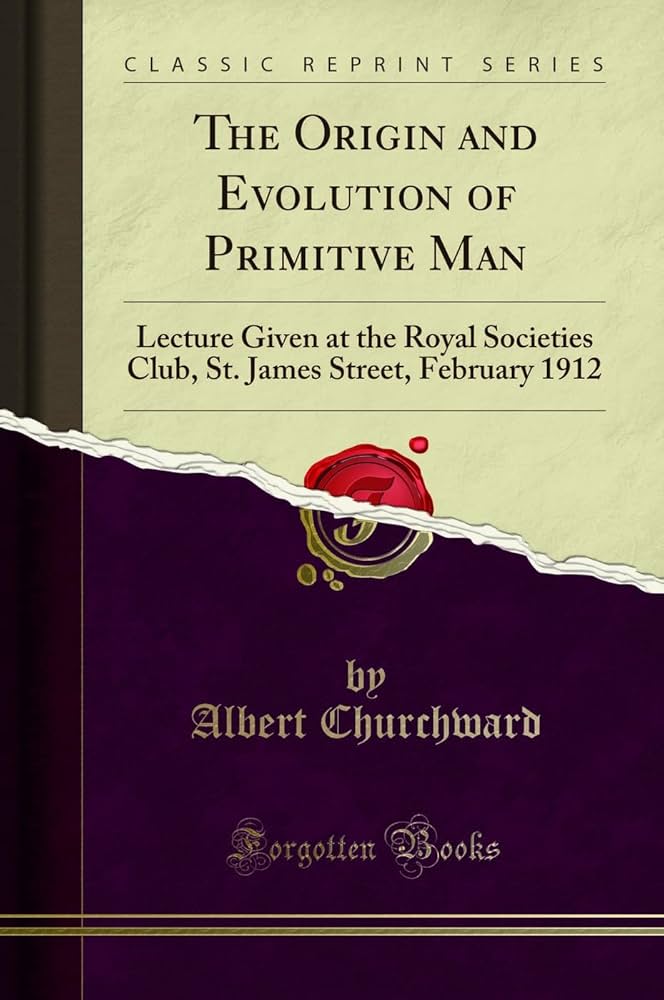
Albert Churchward gives us a deep dive in “The Origin and Evolution of Primitive Man” (1910), noting that ancient Egyptians saw themselves as descendants of African groups like the Pygmies. He states, “Thus we see that the old wise men of Egypt first represented the Solar in human type, and that type was primordial man represented by the Pygmies: the old Egyptians knowing that they originated or descended from these” (Churchward, 1910, p. 29).
Moreover, Churchward explains the migration patterns by noting that the “Nilotic Negro left old Egypt and followed the Pygmy throughout the world, driving him in front and away to inaccessible regions” (Churchward, 1910, p. 39). These insights, coupled with genetic studies showing a significant presence of haplogroups like E1b1b prevalent in the Nile Valley, underscore the African foundations of ancient Egyptian civilization (Cruciani, 2004).
There is also the General History of Africa Series 1-11. In Part 2 of the series titled Ancient Civilizations of Africa it is stated, “As regards writing, we have seen earlier that a purely Nilotic hence African origin is not only not excluded, but probably reflects the reality,” page 21.
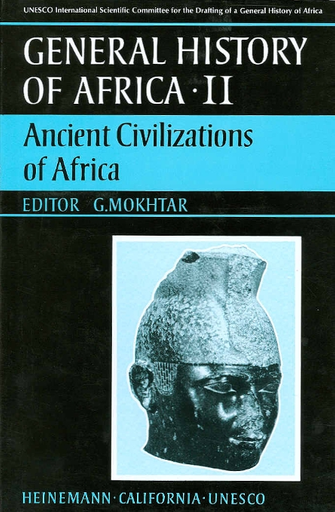
Theoretical Considerations of Genetic Diversity
Now pointing out haplogroup K in Egyptian royal lineages, while significant, should be considered part of a broader spectrum of Egypt’s genetic diversity. It’s important to remember that strategic marriages might have introduced non-African haplogroups into the royal bloodline, but this doesn’t change the predominantly African genetic traits seen in many depictions of ancient figures like Queen Tiye & King Tutankhamun.
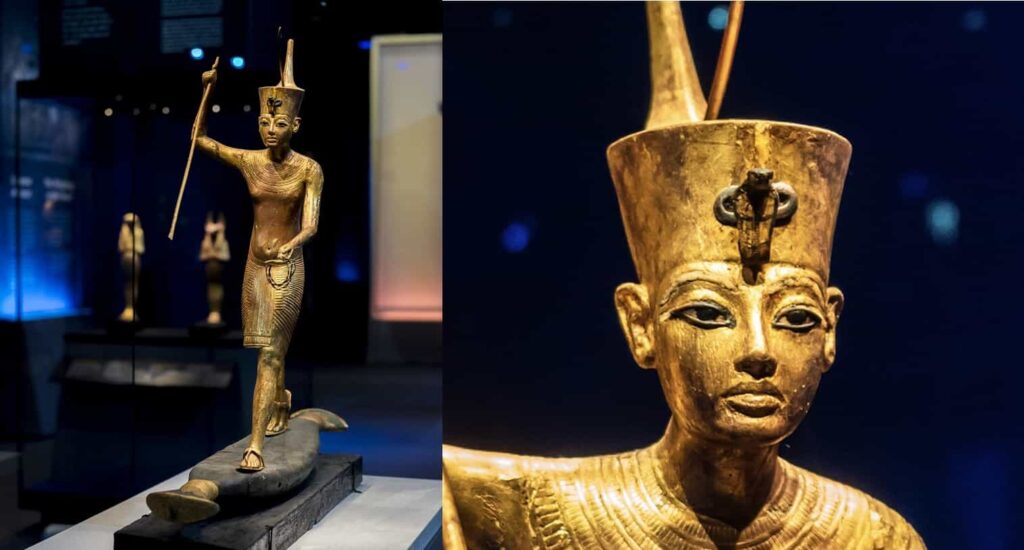
Conclusion: A Rich Tapestry of Ancestry
Queen Tiye, King Tutankhamun, and the broader ancient Egyptian civilization present a rich tapestry of genetic history that defies simple categorizations. Both scientific data and cultural evidence are vital in appreciating the diverse heritage of ancient Egypt.
Challenging simplistic narratives that genetic studies sometimes perpetuate is crucial, especially when they seem to diminish the African roots of ancient Egypt. Integrating genetic data with archaeological, anthropological, and craniofacial analyses offers a fuller understanding of the diverse ancestry that shaped Egyptian civilization.
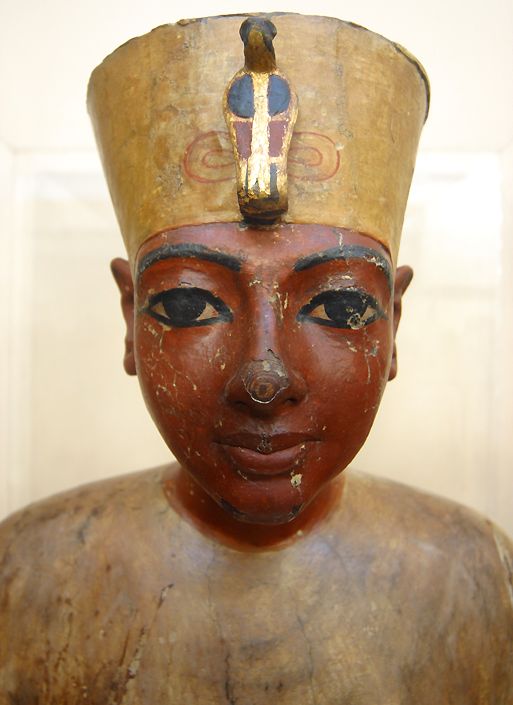
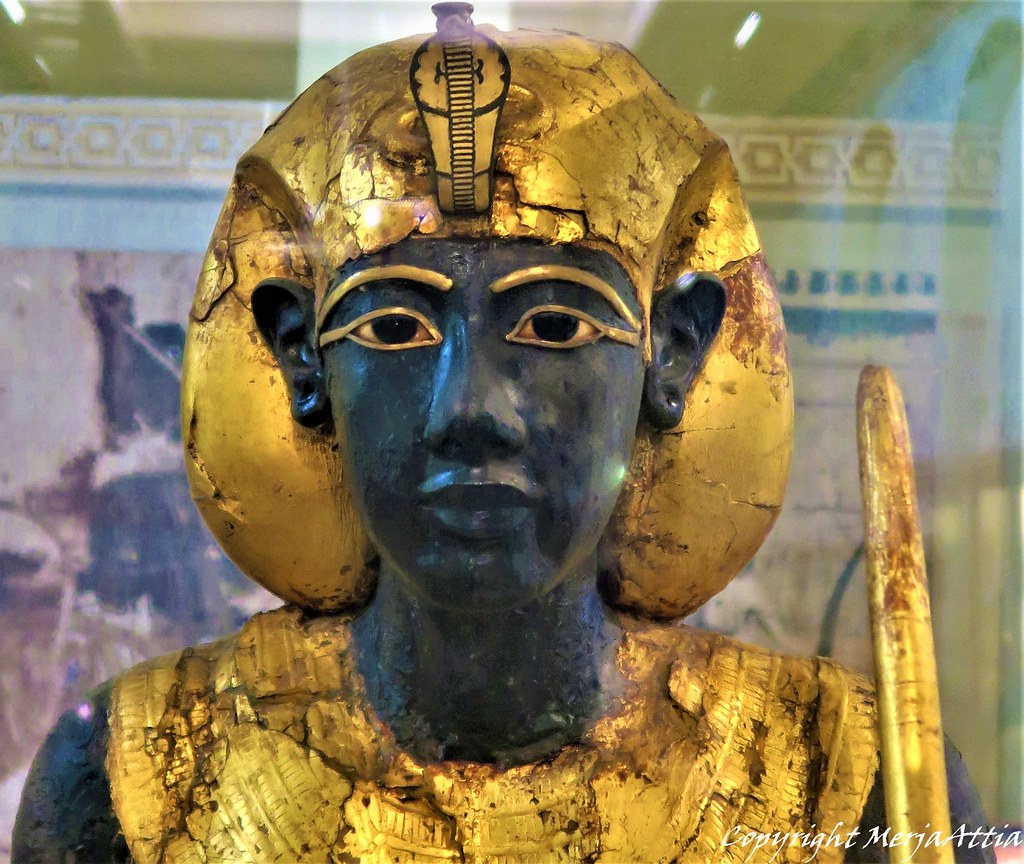
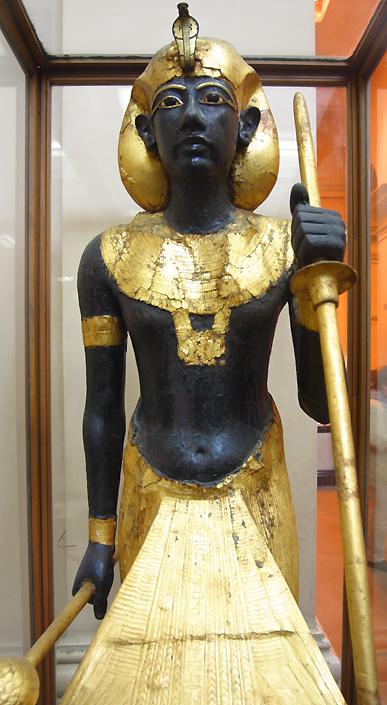

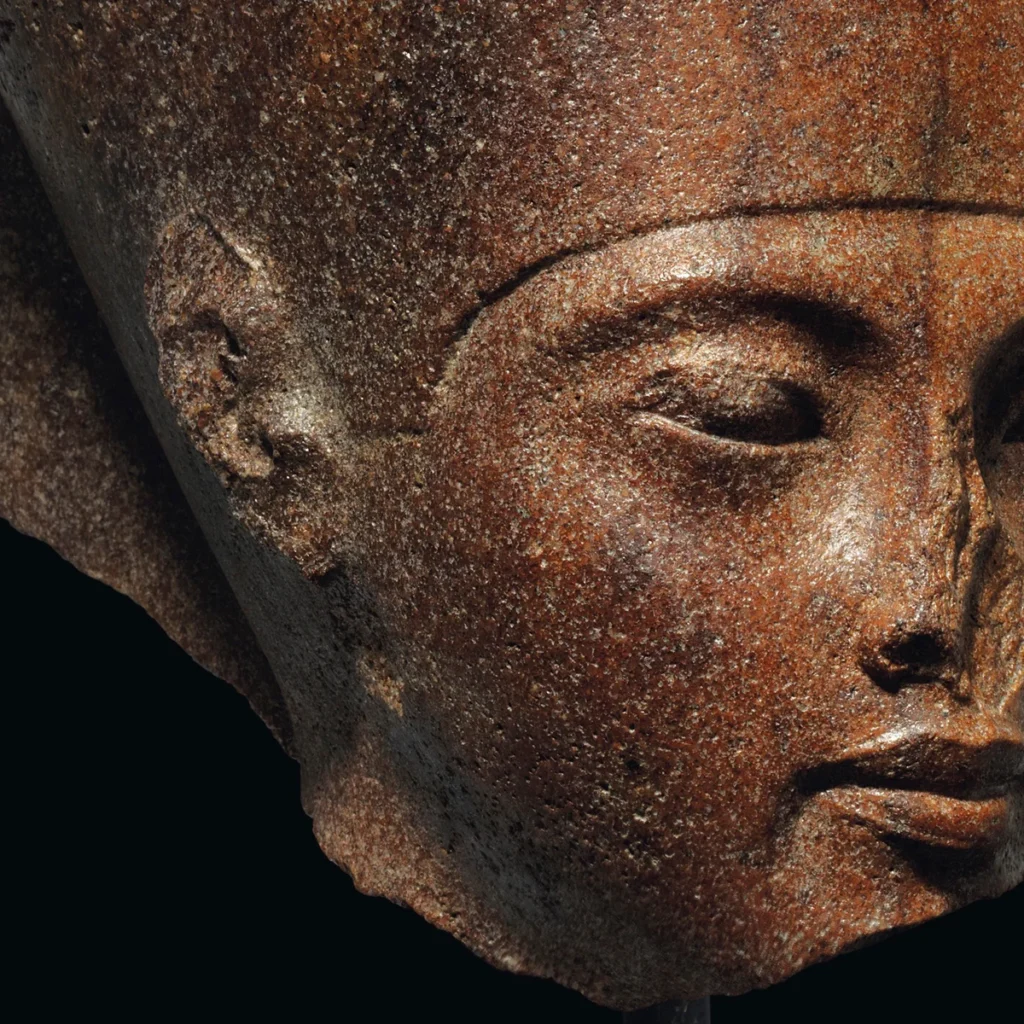
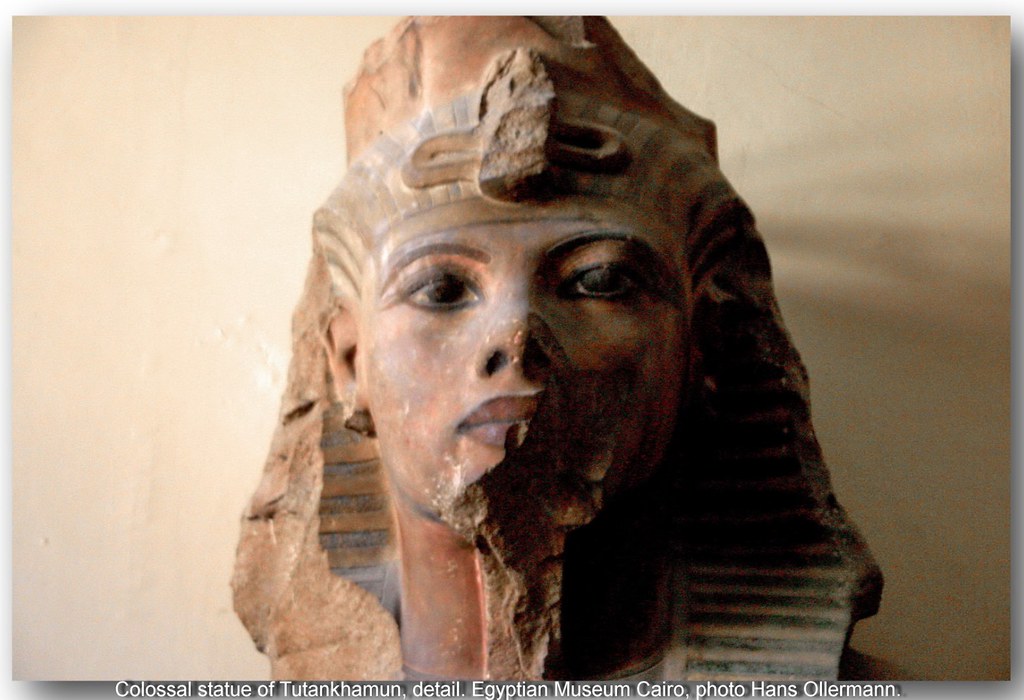
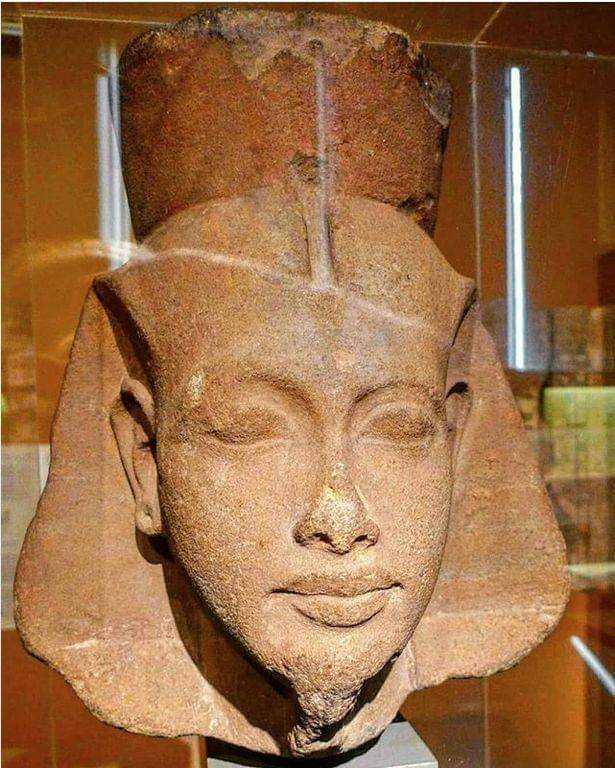
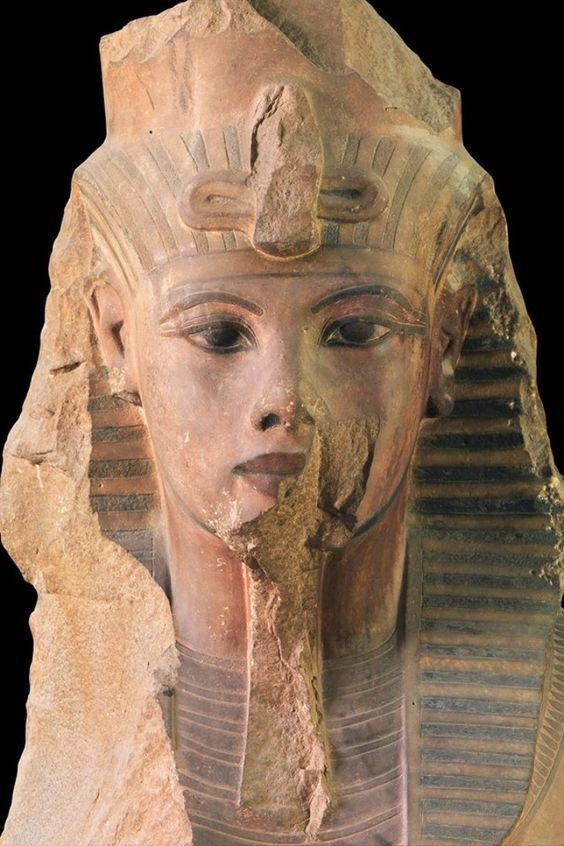
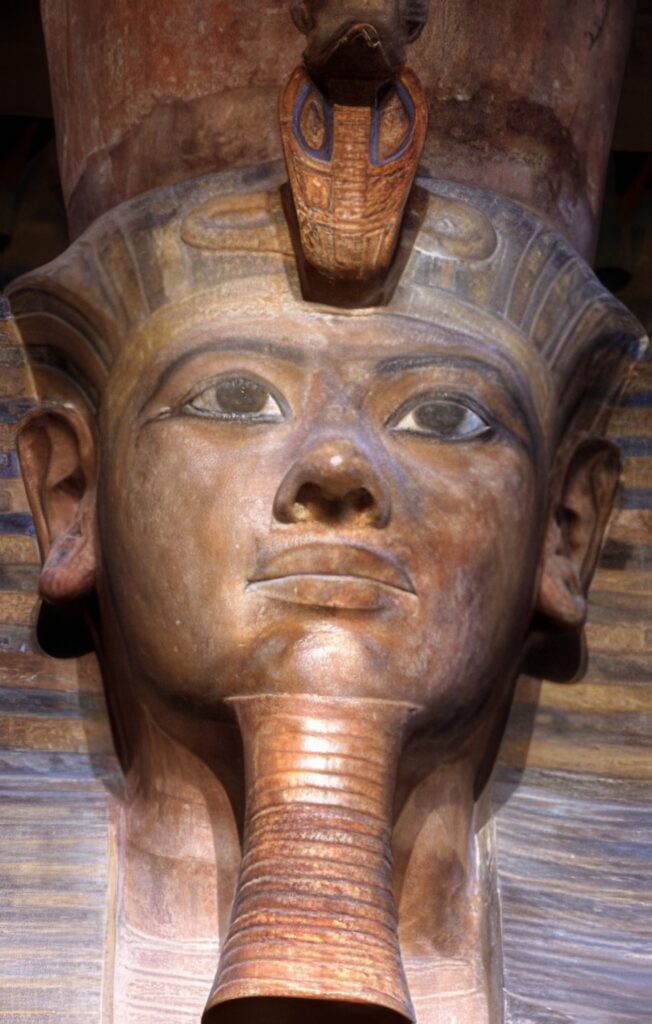
Embracing a wholistic view of Egyptian ancestry not only appreciates the scientific contributions of genetics but also gives substantial weight to the cultural, artistic, and physical evidence that strongly supports an African foundation. Queen Tiye’s statues, with their distinctly African features, serve as a powerful reminder of the true face of ancient Egypt.
Future genetic research should include a more broad selection of DNA samples from various periods and regions across Egypt. Especially the early period. We demand a more balanced representation of the ancient population. We need more experts to understand and interpret this complex data. The rapper Nas once said “Too many rappers, athletes, and actors. But not enough n!ggaz in NASA.” I think that profound statement also applies to the study of our ancestors. There is not enough of us doing the work. Maybe you will be the next to uncover the secrets of the ancient past.

Peace & love family!

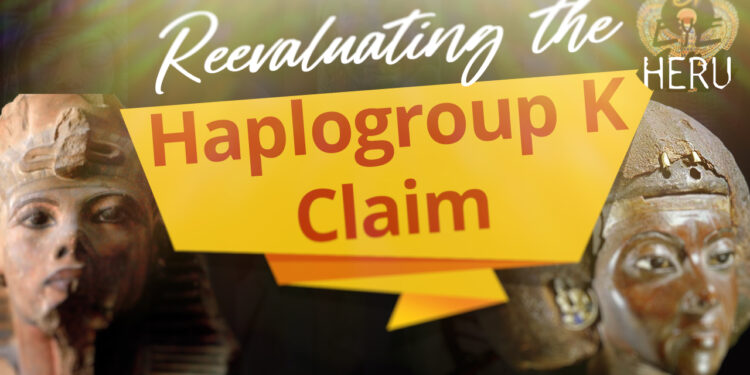
2 comments
Htp, Udja, Seneb My Lord………Excellent breakdown & very strong points that were made. There is no doubt of a African origin none whatsoever. If we don’t claim it other Foreigners will bcuz they know rich & valuable it is. Problem many Blak Pipo don’t know it’s value but that is changing as we speak in the “Information Age” bcuz the more we know the more we grow 4 many more more generations 2 come. ThAnkh you again 4 sharing and shedding light on this Royal Qween Tiye & Family
Hello!
Good cheer to all on this beautiful day!!!!!
Good luck 🙂